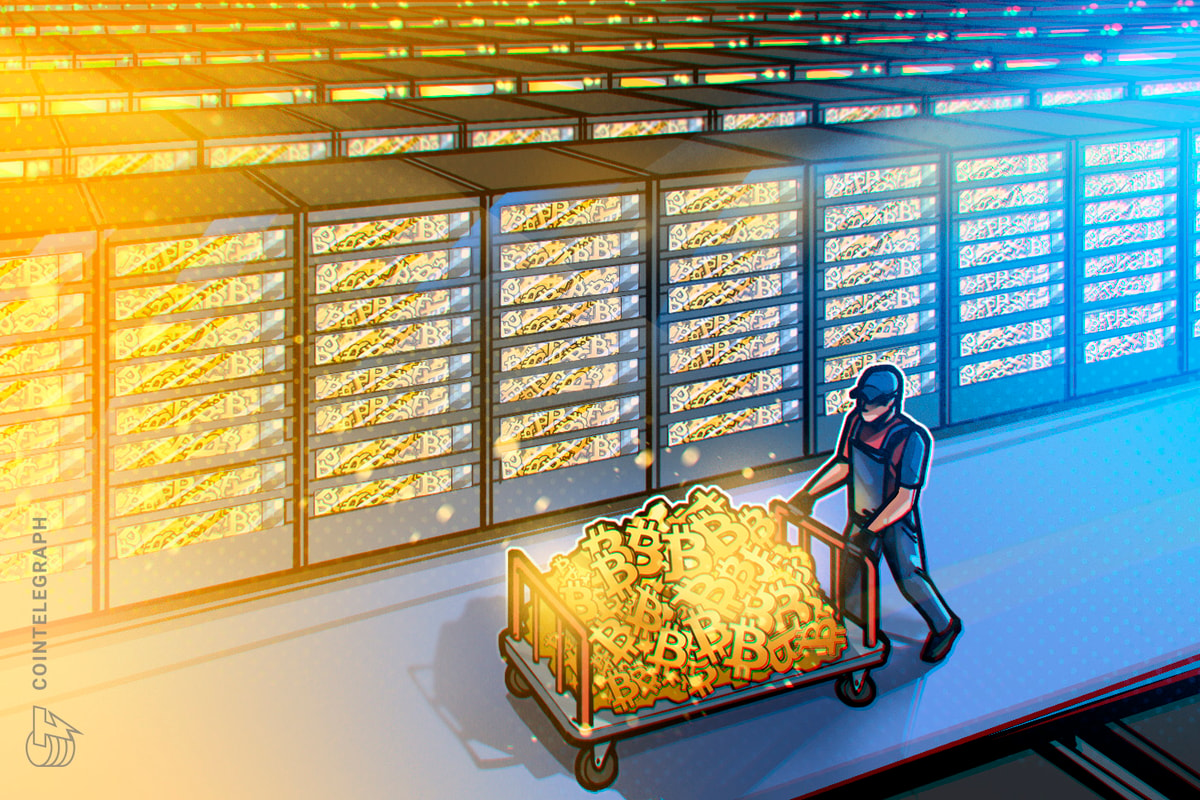“I’m probably the only architect who created a final home,” Bob Hendrikx tells The Verge. Tombs and catacombs aside, Hendrikx might be the only one to make a final home using mushrooms.
Hendrikx is the founder and CEO of Loop Biotech, a company that makes caskets out of mycelium, the fibrous root structure of mushrooms. This June, the first burial in North America to use one of Loop Biotech’s caskets took place in Maine.
“He always said he wanted to be buried naked in the woods.”
The mushroom casket gives people one more option to leave the living with a gentler impact, part of a growing array of what are supposed to be more sustainable alternatives to traditional burials. Mycelium has also had a moment in recent years, with other eco-conscious designers making biodegradable packaging, leather, and bricks from the material.
Hendrikx started out trying to make a “living home” from mycelium, a material that can be used to make self-healing structures if the fibers continue to grow. While he was studying architecture at Delft University of Technology, he says someone asked him what would happen if their grandma happened to die in that home.
“It would be great, because there’s going to be so much positivity for Earth,” he recalls answering and then thinking — “Oh my God, this should be a casket.” The mushroom casket became his graduation project, and Hendrikx started Loop Biotech in the Netherlands in 2021.
The casket, which Loop Biotech calls a “Living Cocoon” and sells for around $4,000, is made entirely of mycelium and can be grown in seven days. It can then biodegrade completely in about 45 days, according to the company. The body inside, however, takes longer. In a typical casket, it could be decades before a body fully decomposes. But since fungi can help break down dead organic matter, that time shortens to two to three years in a Living Cocoon, Hendrikx says.
“I personally hate the idea of a body just lying there in the ground,” says Marsya Ancker, whose father, Mark Ancker, was laid to rest in a Living Cocoon in Maine in June. “I don’t want to lie in the ground, but I’m happy to become part of the soil and feed the plants.” She heard about Loop Biotech in a TED Talk years ago and decided to call up the company the day after she got the call that her dad had passed.
“He would have gotten a kick out of it, out of the fact that he was the first [to be buried in a Living Cocoon],” Marsya adds. Her family’s not one to miss an opportunity. Marsya described an iconic photo of her dad sitting on a green Volkswagen bus on the way to Woodstock, looking out over a traffic jam with binoculars, soon after Marsya was born and came home from the hospital. “Don’t be ridiculous,” there’s no sense in wasting both their tickets, Marsya says her mom told her dad.
“He always said he wanted to be buried naked in the woods,” Marsya says. “As a younger person, that horrified me. I’m like, ‘But how will I remember you?’ … This way he gets to be buried naked in the woods.” And she’ll have something there to remember him by; the family planted a memorial garden with some of Mark’s favorite perennials on the land where he was buried. Loop Biotech says its mushroom casket will help enrich the soil below.
Marsya also finds the chemicals used in embalming “gross.” A desire to minimize waste and pollution is another reason some people are turning away from standard caskets or cremation.
Conventional burials in the US use around 4.3 million gallons of embalming fluid, 20 million board feet of hardwood, and 1.6 million tons of reinforced concrete each year, according to the Green Burial Council.
The first Living Cocoon burial in the US (which follows thousands more using Loop Biotech’s mushroom casket in Europe), shows “there’s excitement and energy around green burial,” says Sam Bar, who is part of the board of directors of the Green Burial Council.
A “green” burial doesn’t have to incorporate mushrooms, of course. The goal is primarily to encourage decomposition and use natural materials in a sustainable way, Bar says. That can also be accomplished using other materials that break down more easily, like woven sea grass or bamboo. “Green is a spectrum,” Bar says.
Ever the architect, Hendrikx has also kept comfortable design in mind with his Living Cocoon. Aside from the potential environmental benefits, the mushroom casket is also soft to the touch and rounded, he points out to The Verge. “So instead of having, like, a hard, pointy casket, you now have something that you can actually hug,” Hendrikx says. “Which is really nice for the grieving process.”

 3 months ago
49
3 months ago
49










 English (US) ·
English (US) ·